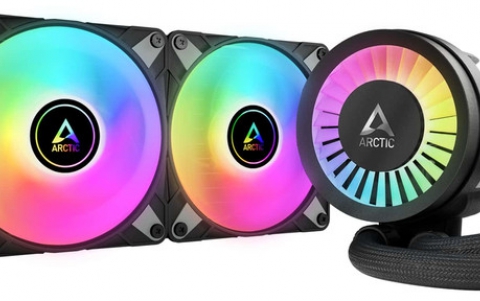
Details Emerge On Nvidia's Kepler GPUs
Nvidia's GK107, the first generation Kepler GPU is expected to be released in March 2012, according to reports.
According to a timeline released by Japanese gaming site 4Gamer.net, the GK107 will power Nvidia's budget graphics card and will feature a 128-bit memory interface, GDDR5 memory and support PCI-Express 2.0 and DirectX 11.1.
According to Nvidia's CUDA GPU roadmap released last year at Nvidia's GPU technology conference, the 28nm "Kepler" generation of chips would appear in the end of 2011. However, Nvidia will unveil its 28nm GPU architecture 2012 and 22/20nm sometime in 2014, respectively, one year later than originally planned, possibly due to low yield rates of Taiwan Semiconductor Manufacturing Company's (TSMC) 28nm process as well as lower-than-expected performance of the Kepler chips.
The generation chips will consume "a little more" power than the current generation Fermi chips Fermi chips but they will also be faster, according to Nvidia chief executive Jen-Hsun Huang. The Kepler processor will be three to four times faster than Nvidia's current Fermi chip generation, while the Maxwell chips - which will appear in 2013 - will be ten to 12 times the power of Fermi, according to Huang. Kepler GPUs will purportedly triple the dual-precision floating point performance of Fermi, reaching up to 6 dp Gflops.
4Gamer also reports a mid-range GK106 GPU that should emerge in the second quarter to take the place of the GTX 560. It will feature a 256-bit memory interface, GDDR5 memory and support for faster PCI-Express 3.0.
The higher end GK104 GPU with 384-bit memory interface and GDDR5 memory looks set to launch in the early second half of 2012. The dual-GPU version of that card, the GK110 will come to market sometime in the third quarter of next year. This pushes Nvidia's highest end GK112 card -- sporting a 512-bit memory interface-- out to late 2012 or even early 2013.
AMD is also expected to release its Southern Islands GPUs or Radeon HD 7900-series early next year. The new series will include the high-end card Tahiti, expected out in January, followed by the Tahiti Pro in February, with midrange Pitcairn cards to follow towards the end of February and beginning of March.
According to Nvidia's CUDA GPU roadmap released last year at Nvidia's GPU technology conference, the 28nm "Kepler" generation of chips would appear in the end of 2011. However, Nvidia will unveil its 28nm GPU architecture 2012 and 22/20nm sometime in 2014, respectively, one year later than originally planned, possibly due to low yield rates of Taiwan Semiconductor Manufacturing Company's (TSMC) 28nm process as well as lower-than-expected performance of the Kepler chips.
The generation chips will consume "a little more" power than the current generation Fermi chips Fermi chips but they will also be faster, according to Nvidia chief executive Jen-Hsun Huang. The Kepler processor will be three to four times faster than Nvidia's current Fermi chip generation, while the Maxwell chips - which will appear in 2013 - will be ten to 12 times the power of Fermi, according to Huang. Kepler GPUs will purportedly triple the dual-precision floating point performance of Fermi, reaching up to 6 dp Gflops.
4Gamer also reports a mid-range GK106 GPU that should emerge in the second quarter to take the place of the GTX 560. It will feature a 256-bit memory interface, GDDR5 memory and support for faster PCI-Express 3.0.
The higher end GK104 GPU with 384-bit memory interface and GDDR5 memory looks set to launch in the early second half of 2012. The dual-GPU version of that card, the GK110 will come to market sometime in the third quarter of next year. This pushes Nvidia's highest end GK112 card -- sporting a 512-bit memory interface-- out to late 2012 or even early 2013.
AMD is also expected to release its Southern Islands GPUs or Radeon HD 7900-series early next year. The new series will include the high-end card Tahiti, expected out in January, followed by the Tahiti Pro in February, with midrange Pitcairn cards to follow towards the end of February and beginning of March.





















